

The endeavour of this website is to provide you an essence of the journey of two distinguished
disciplines - "Chemistry" and "Computers", joined forces to create the field of "Computational
Chemistry". Since its inception, many of it's breakthroughs has been silently transforming our lives.
The whole chemistry realm has now become greatly dependent on the Coding revolution today.
Let us walk through and understand how the revolution in the world of programming, programs new fields
of study.
Let us start with an example!
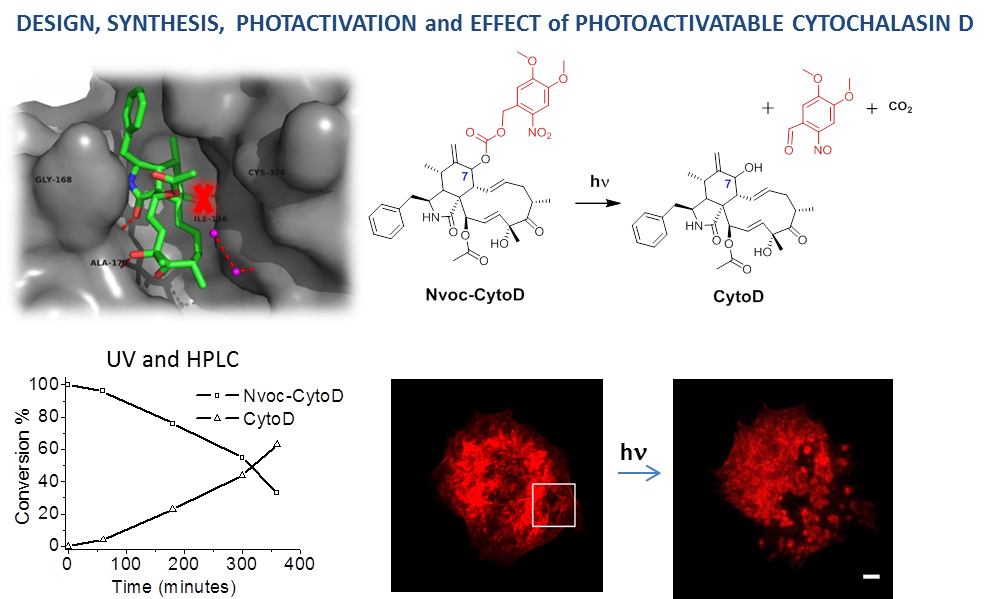
An example depicted above is a snippet taken from the publication (DOI:10.26434/chemrxiv.12609545.v1) and reveals how using tools of
computational chemistry (PyMOL - a
program written in the programming language Python), a drug binding pocket has been fully explored.
Using this detail, the molecule is modified into its latent form by introducing special groups that
block its activity and can only by shining light at certain wavelength can the activity be restored. The
computational tools help in designing the final product and its function is verified experimentally.
Then the first step is to test the modified molecule's performance on cells. The effect of shining light
is shown in the picture. The cells undergo transformation in parts exposed to the active drug. The video
shows the immediate effect of the active drug on the cells.
This example shows how easy it has become
to the scientists to understand, design, and create new molecules efficiently and effectively.
The structural design of molecules have been in development since over two centuries. Initially the elements were discovered and periodic table was developed. Then started the quest to uncover the mystery of the atomic structure that was the core of the element. Then started the uncovering of mysteries behind how the atoms arranged themselves in a three-dimensional geometry rendering a "Chemical Structure". Understanding the molecular geometrical arrangement of a compound helped in determining the molecules polarity, reactivity, color, phase of matter, magnetism, as well as the biological activity.Molecular structure holds a key to understanding Nature's most intricate design mechanisms and functions of complex proteins and blueprints such as DNA. Today it enables a medicinal chemist to understand, modulate the structure and create new drug molecules using shape complementary and charge to the biomolecular target with which they interact. Advancement in information technology, computer programs and software propelled the fields of Computational Chemistry and Computational Biology fast-forward.
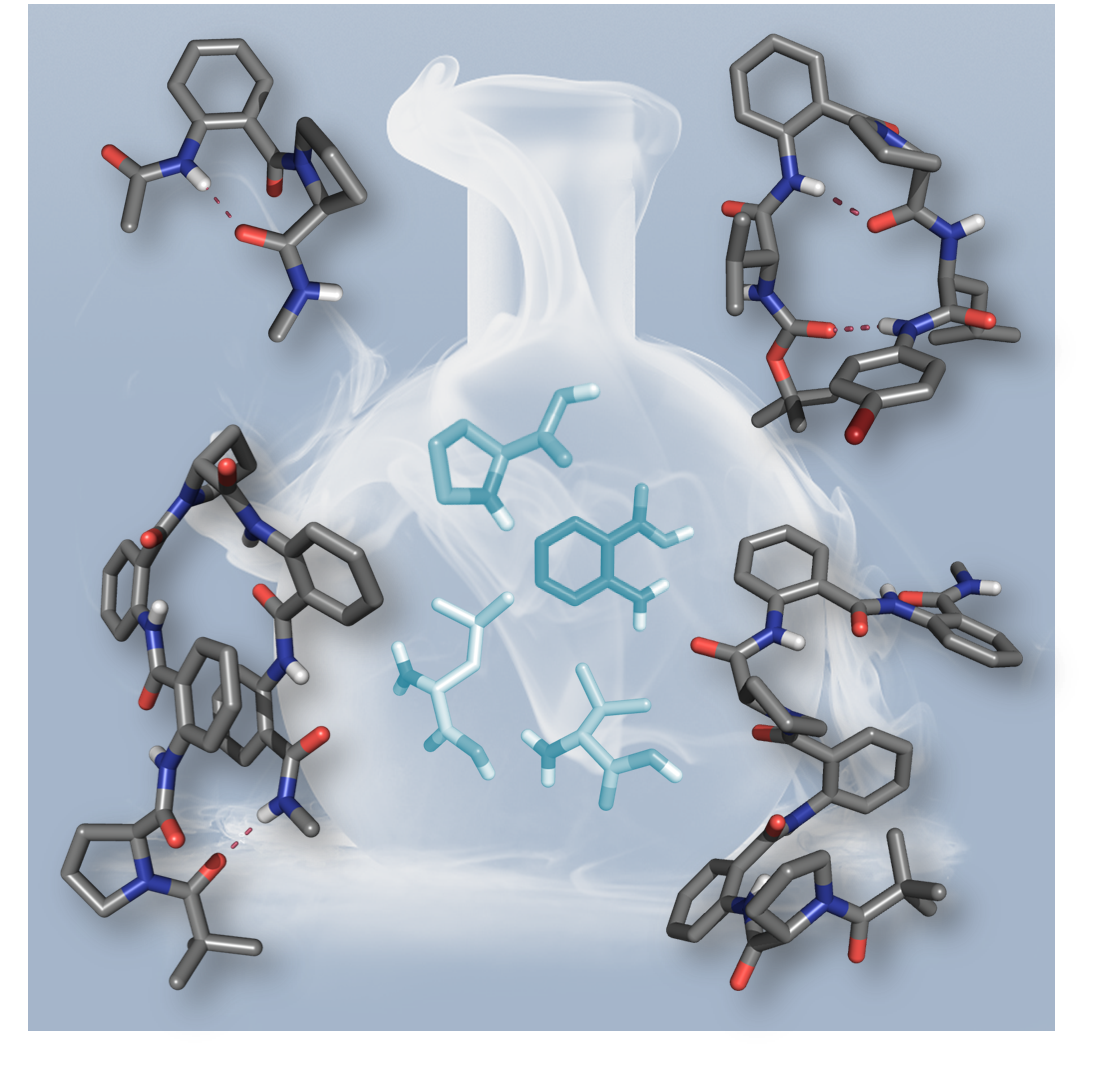
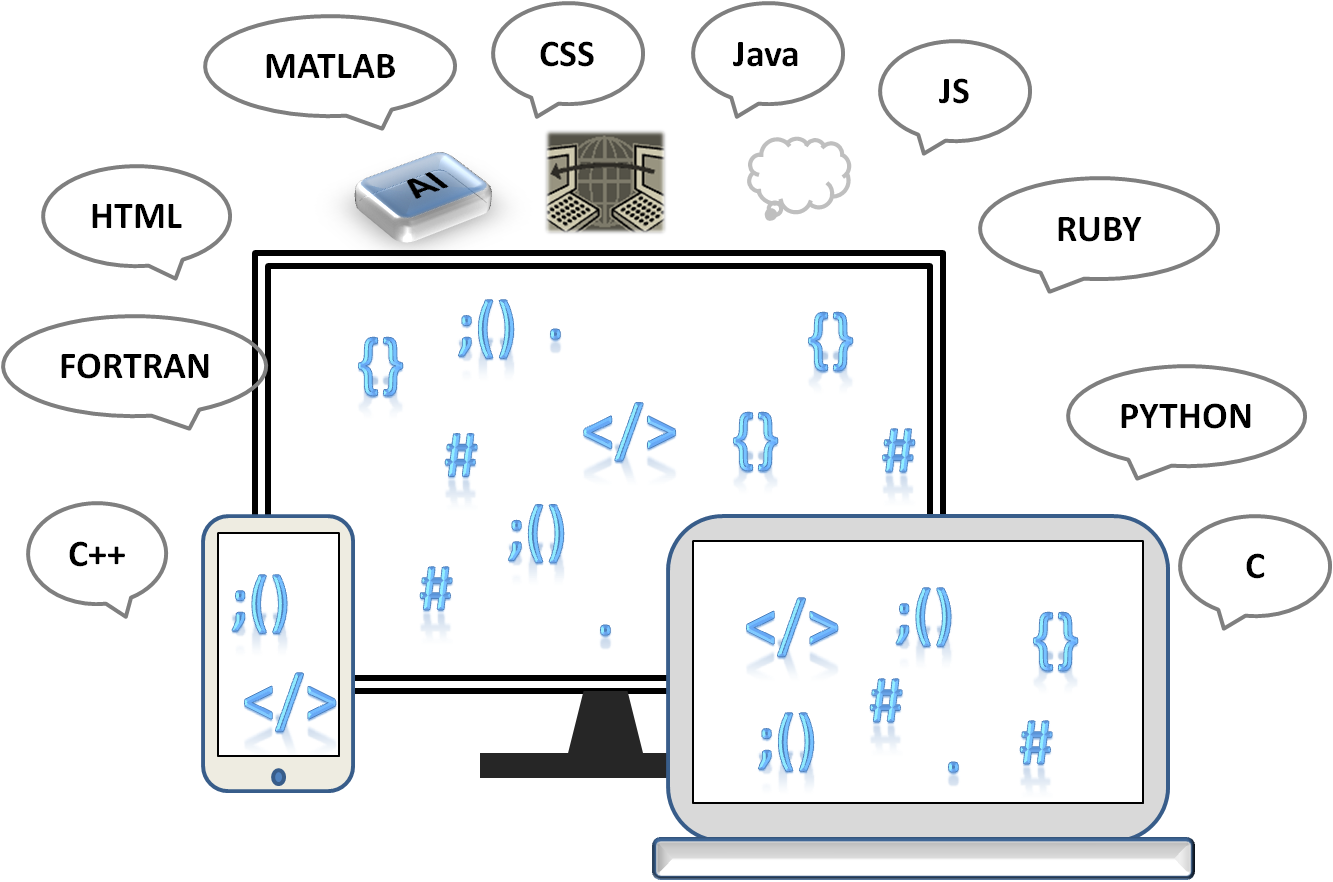
A "Computer Program" is like computer's recipe that contains a sequence/set of instructions and statements (commands) that instruct the computer how to process input, manipulate data, and produce a result output. "Programming Languages" are the systems of notation to instruct the computer. They are comprised of a set of rules that allows string values to be converted into different ways of generating machine code or graphical elements, and are constantly evolving. So far, programming languages have been categorised into 1-5 generation languages (GL) and are can be divided into two main categories: Low level languages (computer instructions in binary code that is machine code made up of the numbers 0 and 1) and High level languages (computer instructions by using commands written in human languages like English). Human-readable form a computer program is called "Source Code". Numerous software or applications have been created using these programming languages. Let us have a glimpse of how it programmed our drug discovery landscape today.
Finding new medications based on the knowledge of a structure of biological target is the classic approach to "Rational drug design". A drug molecule activates or inhibits the function of a biomolecule such as a protein (upon binding with it based on shape complementarity) and is usually small organic molecule (made of carbon, hydrogen, oxygen and nitrogen as key elements). When the drug is designed using knowledge of the 3D-structure of the biomolecular target, it is known as "Structure-Based Drug Design".The key to understanding the structure and functional aspects improved drastically based on "Molecular Modelling" techniques.[2] The design of prospective drug candidates using molecular modeling is referred to as "Computer-Aided Drug Design (CADD)". CADD includes computational chemistry, molecular modeling, molecular design and rational drug design. CADD is being used to optimize identified drug leads. CADD approach saves time; it is fast and cost-effective.
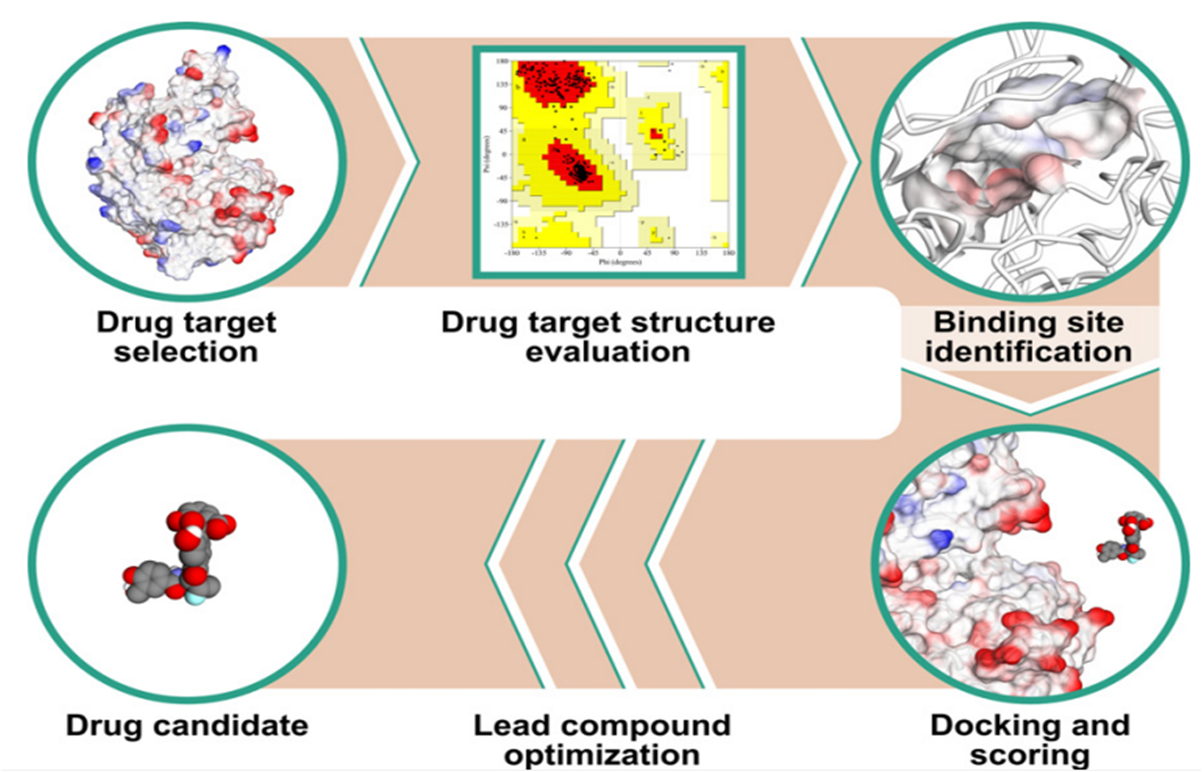
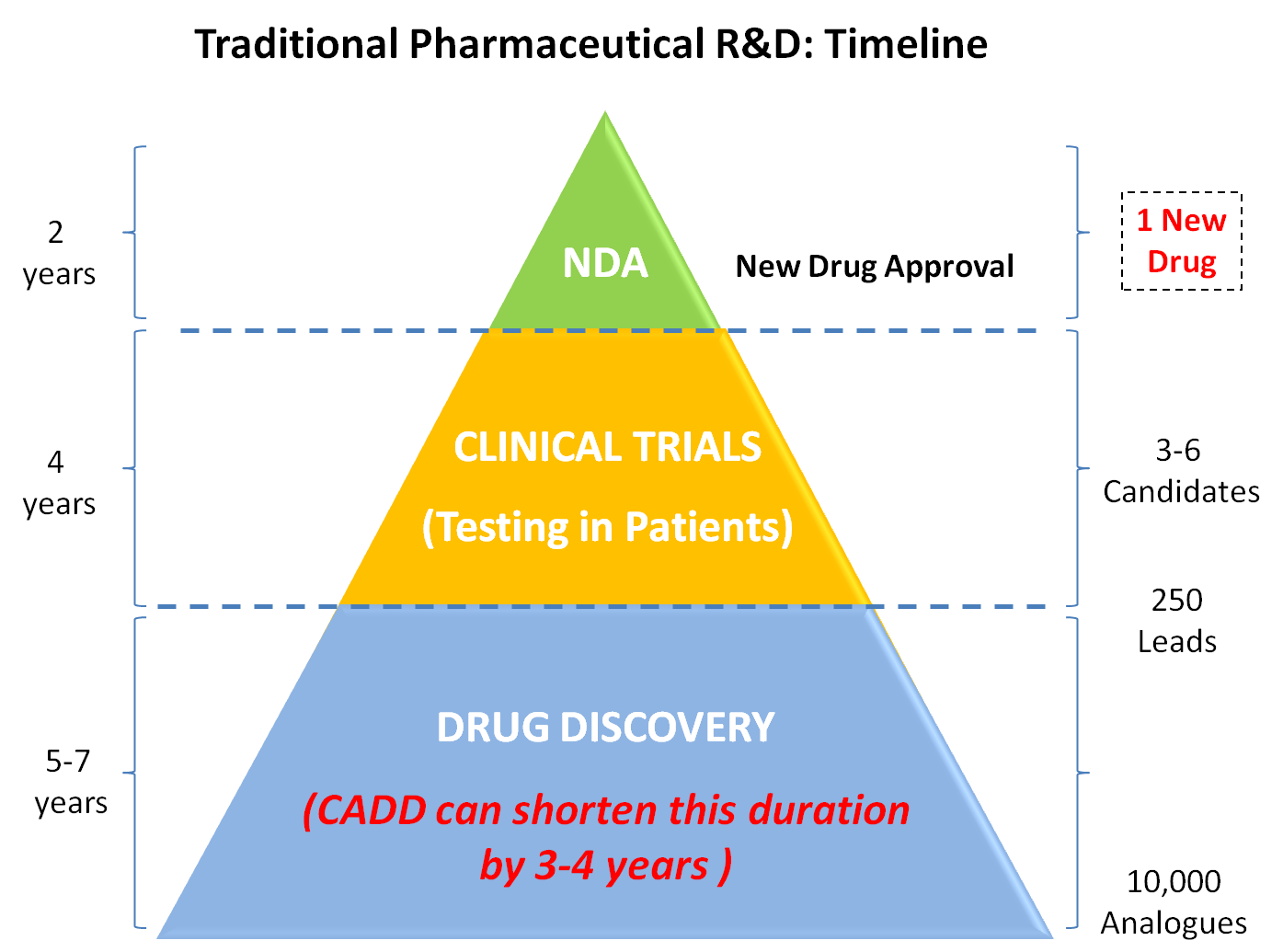
In CADD, molecular docking is a fast and computationally cheap method in the rational drug design process. It helps predict binding modes and affinities of small molecules to the drug targets of interest. With the continuous improvement of hardware and software,it helps reduce the time required as well as failure rate in drug discovery and development.
A few success stories are: Imatinib - oral chemotherapy medication used to treat cancer, Enfuvirtide- a peptide HIV entry inhibitor, Cimetidine- inhibits stomach acid production.